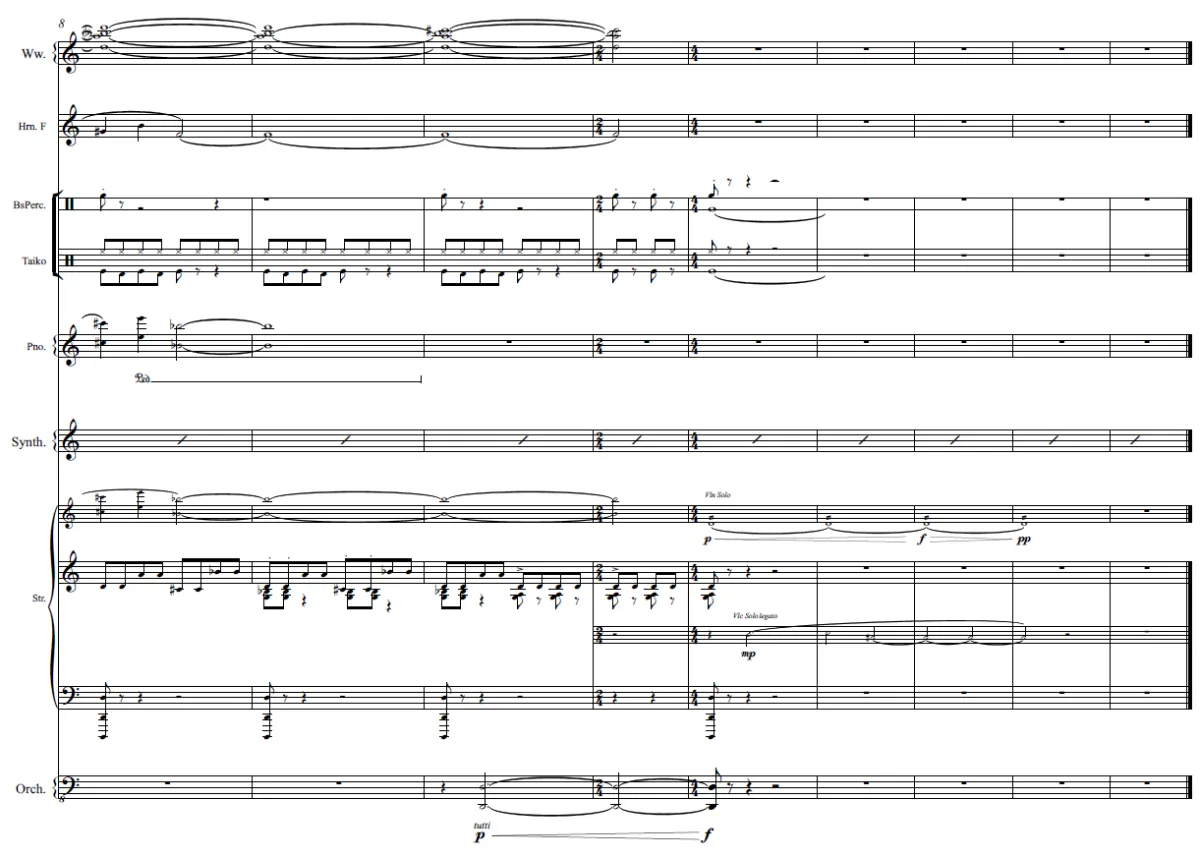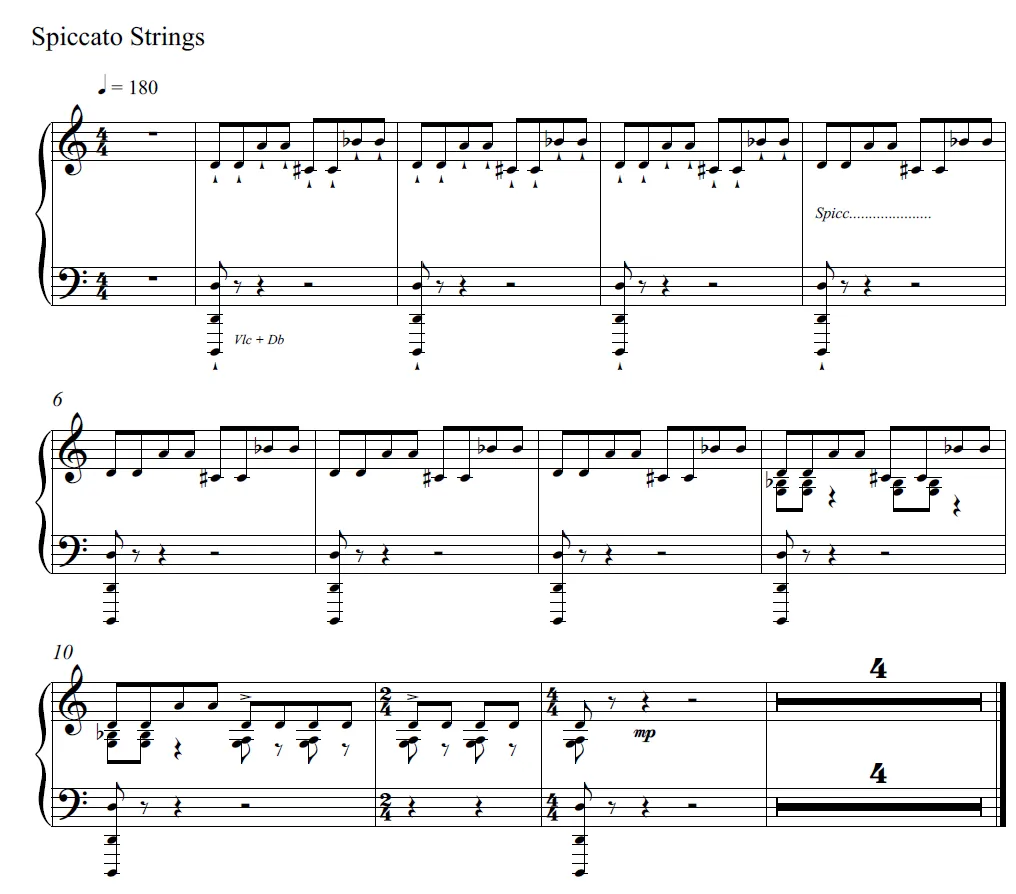Scoring a scene
Adapting template for filmscoring
Let's see how our template works when scoring a scene and how fast it allows us to compose using it, but before we start, let's mention some important details.
Paying special attention to these details will prevent problems later on, so I highly recommend that you check and prepare the following things.
Marc put the following tracks in this order:
Tempo track
Time signature
Markers
Video track
Audio (dialogues)
Temp track
Do this; it will give us more control over the music.
HERE ARE SOME TIPS ON THE ABOVE POINTS
We must route the dialog track directly to the Master track. This will prevent the dialogues from being affected by any FX.
We'll group the music stems, and then we'll send that to the master track.
It’s very important to match the timecode of the video with that of the DAW, for that, we must adjust the start and also match the frame rate
Once we have prepared everything, we are ready to start composing effectively.
We will skip the detailed analysis since we are already familiar with the structure of a 'mid-intensity tension cue.' However, we will review the full score, because it can help us dive deeper into the orchestration of this style.


As we know, we need to create a motor where the string ensemble performs spiccato perfectly for the job.
On the other hand, the score also uses synthesizers to create the pulse. To combine both, we need to lower the activity level of the strings.
Let's see only spiccato strings:

As can be seen, the activity of the strings is low, as we have already mentioned.
In these cases, strings and synth must be combined without interfering with each other.
Another detail to keep in mind concerns the Horns. They are used not only to create pedals but also to play a melodic role. The melody they carry is not performed as soloists, since they play in legato with the violins and the piano, which helps to bring clarity
let's see the melody they have in charge:

The percussion activity is normal and includes a set with Taikos (rim and center), bass drums from the Titan library (which can be Gran Cassa or similar), and a sub boom.
Let's take a look at the score:


To conclude, we will take a look at the score of the percussion set in conjunction with the synthesizer, which will give us a more general idea of how the pulse is built up

Regarding the woodwinds, we don't have much to say. They contribute to the score with a textured sound featuring high clusters, but we'll not examine their part closely as they have only one intervention.
Finally, the solo cello and violin at the end allow us to slow down the rhythm of the score and change the timbre, leading into the next scene, which serves as a transition.
What have we learned
CONCLUSSIONS
Beyond the musical form or style (mid-intensity tension cue) that we learned in the previous chapter, we were able to pay attention to the orchestration and the best way to orchestrate effectively.
Let's see some things about that:
The string section becomes essential to creating the 'motor' if we use it with spiccato articulation
The synth, if any, will be responsible for keeping the pulse
The percussion set will give us rhythmic support in the low and mid registers.
The Horn section can play melodic passages in addition to generating pedal lines.
Woodwinds can play runs or, as in this case, create high clusters to generate textures.
Legato violins, generally in octaves and supported by the piano or another keyboard instrument such as the celesta, are widely used to highlight the melody. This generally contrasts with the rhythmic movement of the 'motor'.
Final conclusion:
We have seen, from the beginning, how to create a template and its application when composing music for a scene.
We have been able to check its effectiveness and functionality, and how the template enables us to work fast and easily.
Therefore, we will conclude the course on this topic.
I hope you liked it and, above all, that it can become a new tool to improve your workflow from now on.
See you next time
© 2024 Cinematic Composing



